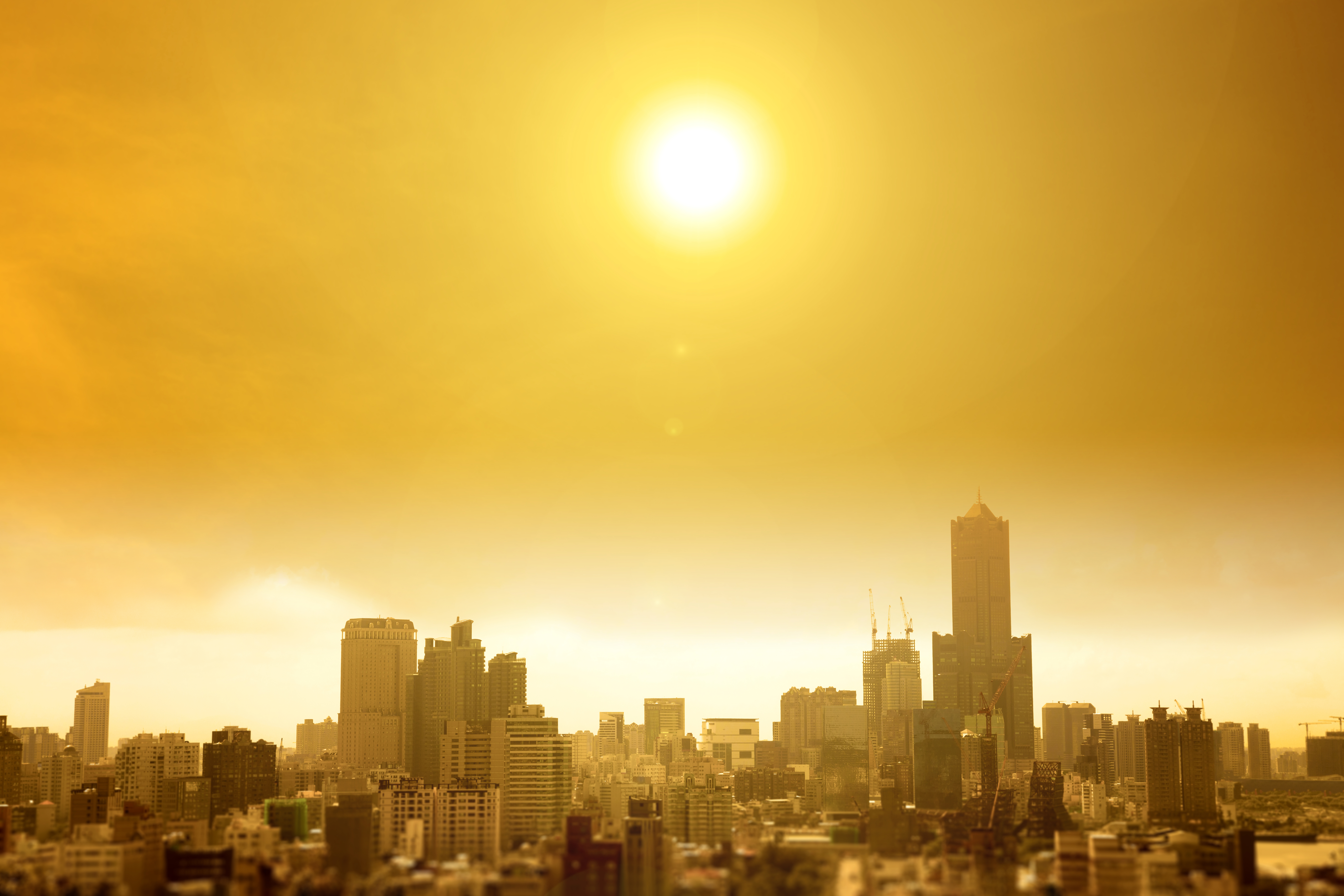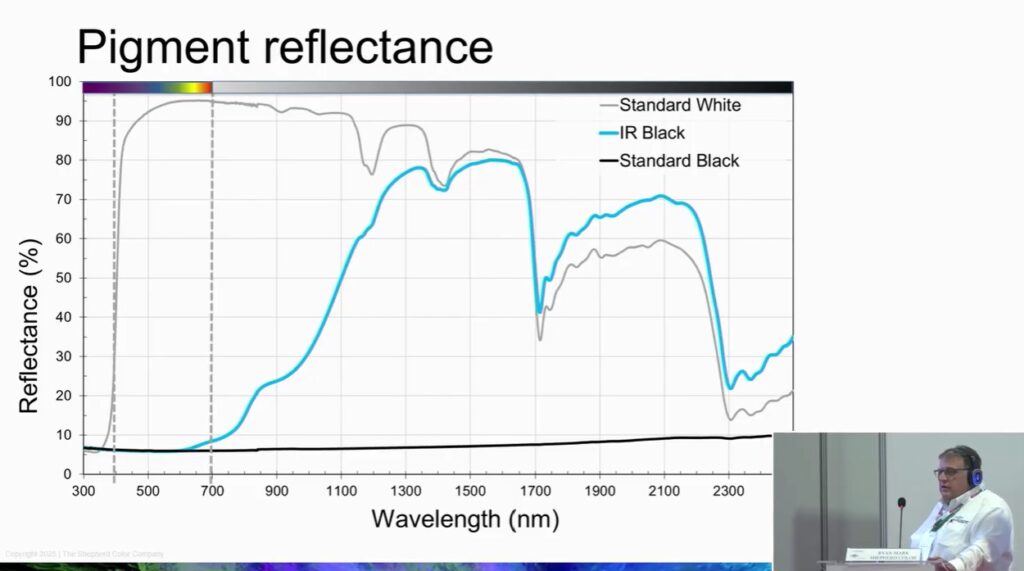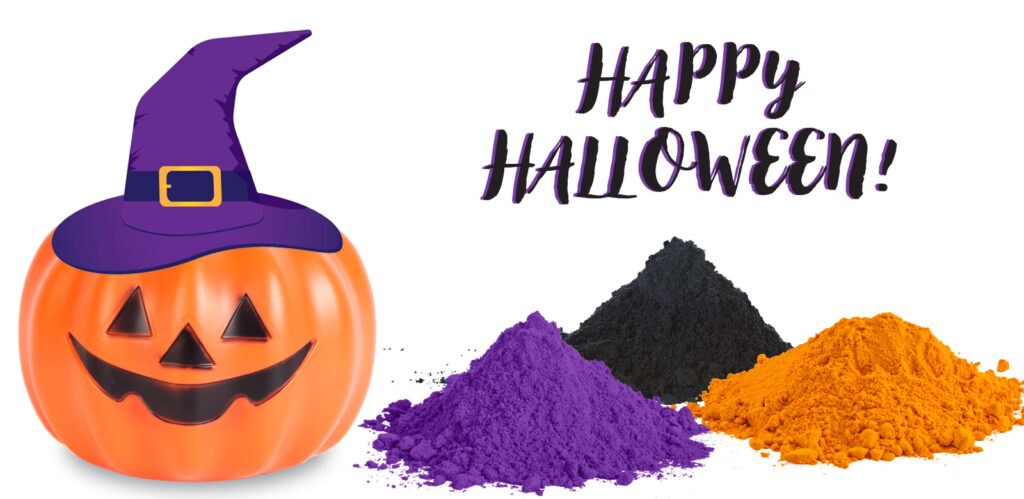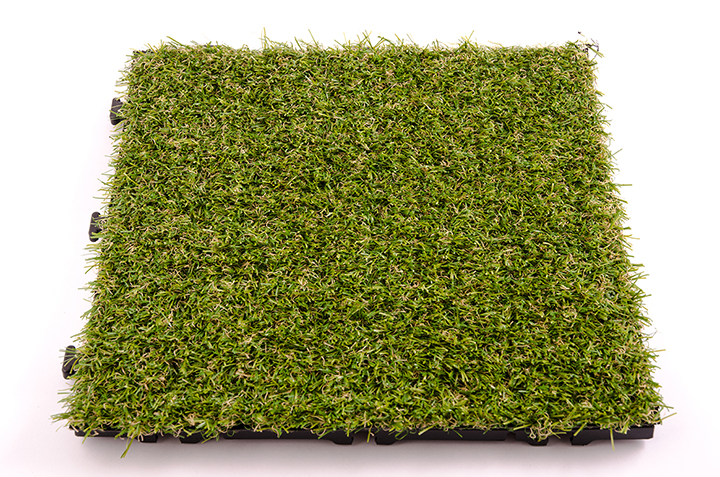NEWS
Shepherd Color’s Arctic Technology Can Help Address The Urban Heat Island Effect

What is an Urban Heat Island?
As the summer winds down and the sun gets lower in the sky, let’s not forget the hot days of this past summer. Cities continue to struggle with the heat that gets trapped in urban landscapes that drives temperatures higher, air quality down, and livability sideways. The Shepherd Color Company’s Arctic® infrared (IR) reflective pigments have been used for decades in cool roofing applications. This technology is finding use in other areas of cityscapes. Walls and horizontal surfaces like parking structures and roads are being eyed as ways to reduce the energy absorbed and the heat present in urban areas. These spaces absorb and trap heat during summer days and create urban heat islands (UHIs). The higher temperatures contribute to reduced air quality, increased energy needed to cool buildings, and overall reduced quality of life and sustainability.
The basic physics are the same as for cool roofs. Only half of the sun’s spectrum is visible to the human eye. A few percent is in the damaging ultraviolet (UV) wavelengths, but roughly half of the sun’s energy is in the invisible IR range. Shepherd Color’s Arctic infrared reflective pigments excel in selectively absorbing visible wavelengths for color, while reflecting and rejecting the invisible IR wavelengths. This allows darker colors to behave thermally like middle gray colors. White will always be the most reflective and coolest color. However, the stark white color can cause issues with ergonomics and aesthetics.
Roads and pavement are one area where a white surface would reduce heat absorption, but the glaring white color would be distracting to drivers. A gray color made with white and standard black pigment is an improvement over the black and absorbing asphalt that makes up a large part of urban surfaces. The use of a white pigment with an IR black makes a gray color that optimizes the cooling potential, while allowing medium toned colors that don’t produce glaring surfaces.
The Pavement Experiment Using Arctic Infrared Reflective Pigments
To explore the potential of using IR black pigments to make cool gray colors, we started an experiment on the parking surfaces of a global-scale plant for producing our pigments just north of Cincinnati, Ohio (USA). On a well-worn asphalt surface, which is already lighter and cooler than a new black asphalt, we painted a roughly square meter with a medium gray color made with our Black 30C940 and standard white pigment (Photo 1). This one-of-a-kind pigment takes our Arctic infrared reflective technology and adds in our Dynamix® easily dispersed technology. To make the gray paint here, we bought a commercially available clear paint and then used a high-shear mixing blade to fully disperse the Black 30C940 pigment along with commercially available easily dispersable titanium dioxide white pigment. In a few minutes, we had an IR reflective medium gray color with a total solar reflectance (TSR) of about 40.
We then waited for a warm, sunny, cloudless summer day where the temperature exceeded 90F° (32°C) with 50% humidity and calm winds. We used a non-contact thermometer to measure the temperature along with a FLIR camera for images. This gave us qualitative and quantitative data as to the advantages of an IR optimized gray surface. As can be seen in the photos in the video, the IR gray surface is cooler than the uncoated surface, even though both are exposed to the same solar heating.
This small-scale experiment shows the potential for the technology. Cool Pavement Research done by the Heat Island Group at Berkeley Lab1 examines the potential for energy savings, improved air quality, and even improved driver safety and reduced need for street lighting due to lighter surfaces. The city of Pheonix2, suffering in 2024 from over 100 days of 100°F temperatures, has coated 100 miles of streets with cool coatings to look at whole neighborhoods and the effects on not just surface temperatures, but air temperatures and the effect on people. IR optimized surfaces that include IR reflective pigments that include Shepherd Color’s Arctic technology can help to address urban heat island and make our cities more livable and sustainable.
Find your color and request a sample or contact us for more information today!
- https://heatisland.lbl.gov/coolscience/cool-pavements
- https://www.phoenix.gov/newsroom/street-transportation/2773
You may also read this article on the European Coatings website here.
—
ABOUT THE SHEPHERD COLOR COMPANY
Founded in 1981, The Shepherd Color Company produces a wide range of high-performance Complex Inorganic Color Pigments (CICPs) used in a variety of industries. These pigments are an extraordinary class of inorganic pigments that offer stable, long-lasting color for many applications. They have unbeatable weatherability, heat and chemical resistance, are non-warping and easy to disperse. More Expertise. Better Performance. Best Value. That’s Shepherd Color. We brighten lives. Follow us on LinkedIn!


